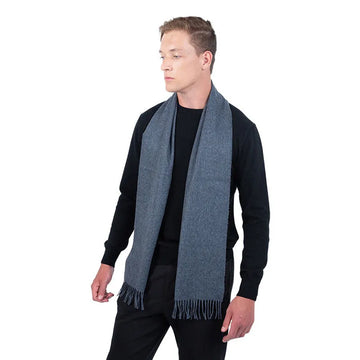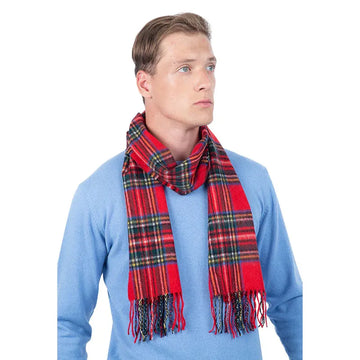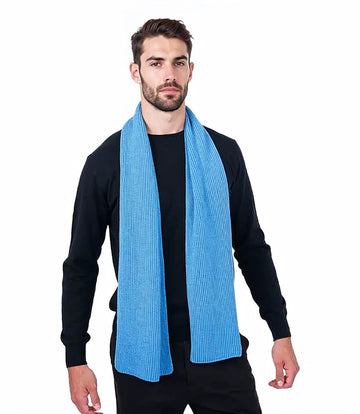When you buy cashmere clothing from a trusted, luxury brand, you know what you are going to get, as the percentage of cashmere on the garment is clearly labelled and the softness of the material will tend to speak for itself.
However, the term pashmina can sometimes cause a little more confusion because a lot of people use the term very differently, and as a result, it can either be a broad synonym for cashmere, a particularly high-quality shawl or a specific type of cashmere and silk blended material.
All three will typically lead to satisfying clothes that feel great on the skin, but the widely different definitions can cause confusion in a way that cashmere typically does not.
Why Is Pashmina So Vague?
Cashmere refers to a specific type of goat hair that is used to make cashmere wool and all of the clothes that are made from that.
Pashmina, historically, has always had multiple definitions, and as cashmere and later pashmina became increasingly popular, those definitions became more distant and mutated.
Pashmina comes from the word “pashm”, used in Kashmir itself and in Persian, but the two definitions are quite different.
The Persian “pashm” simply means wool, and sometimes people and even some brands will interchangeably use the words pashmina and cashmere, which is technically true although does not tell the full story.
In Kashmir itself, pashm specifically refers to the unspun wool combed from Changthangi goats, which are typically associated with finer and higher quality wool. Pashmina is therefore described by some as the softest, lightest and most luxurious cashmere you can legally buy.
Finally, pashmina is more recently used to describe a specific type of shawl made with a blend of cashmere and silk, which in practice comprises 70 per cent cashmere and 30 per cent silk to produce a similar effect to Changthangi cashmere.
Pashmina, because it is rarer and more valuable whether it is Changthangi wool or a cashmere/silk blend, is typically used for scarves and shawls rather than clothing, something that has been particularly true since the 1990s.
The Shahmina Craze
The term “shahmina” is used in Kashmir itself to refer to a shawl made from pashmina, and in the 1990s there was a huge surge in demand for them to the point that it could be described as an outright craze.
This led to an influx in demand that quickly outstripped supply for the rare and highly sought-after category of an already rare and highly sought-after material, and before there was a better understanding of cashmere and its particular grades, multiple conflicting definitions for pashmina had entered the market.
Whilst cashmere is a legally recognised term in many countries, pashmina is not, and because of this manufacturers often state explicitly what they mean by pashmina usually by describing the particular blend of cashmere and silk they use, or if it is made of 100 per cent pashmina wool.
Given the luxury and expense, reading the label is typically the best way to avoid any confusion with what you are buying, and feel free to ask experts.














